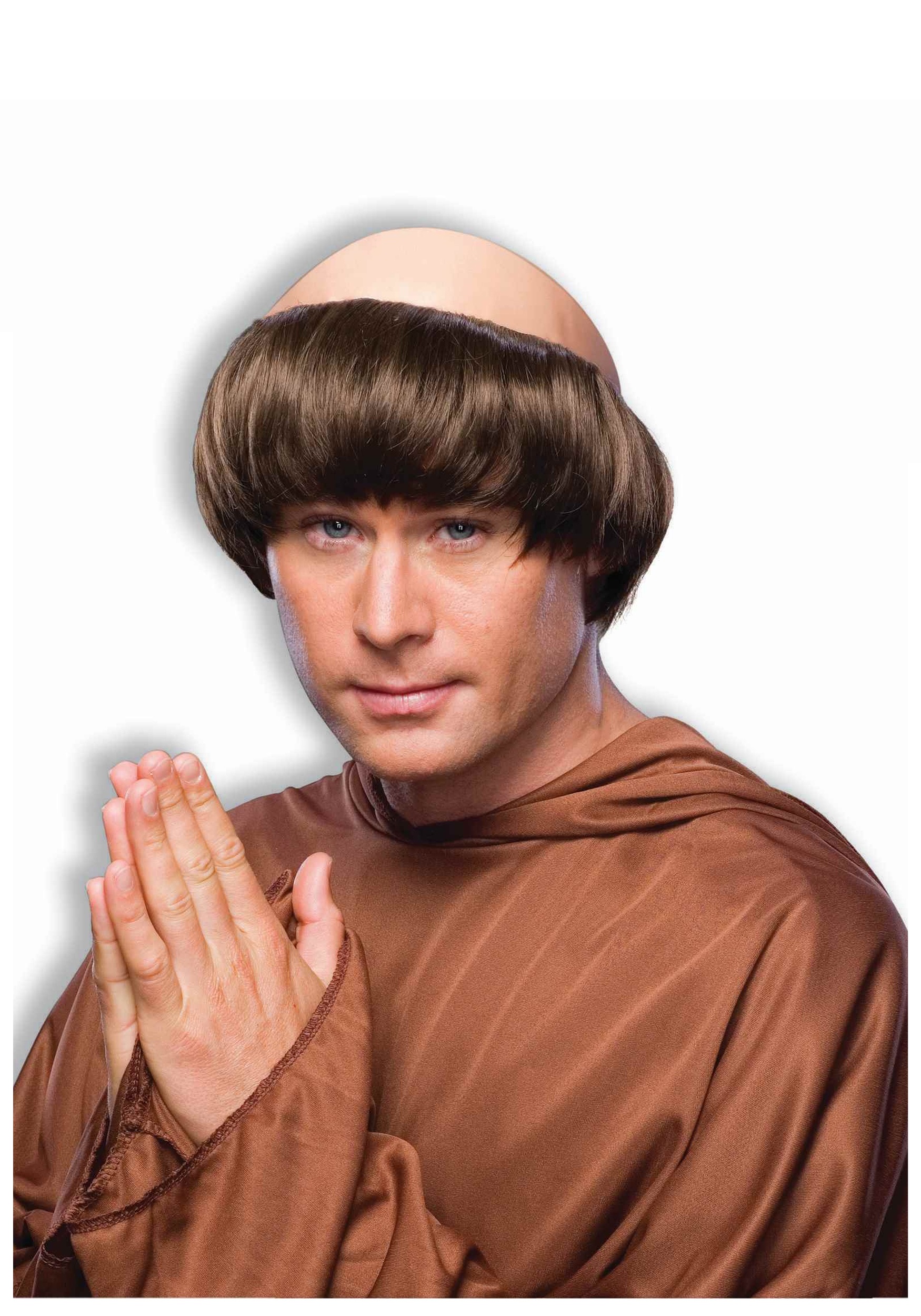
Dark Brown Monk Wig
Welcome to a journey back in time to discover the fascinating world of medieval hairstyles for men. In medieval Europe, hair grooming and hairstyles were an essential part of one's social status, self-identity, and fashion statement. From the early Middle Ages to the Renaissance, male hairstyles have undergone significant changes influenced by various cultural, social, and artistic movements.
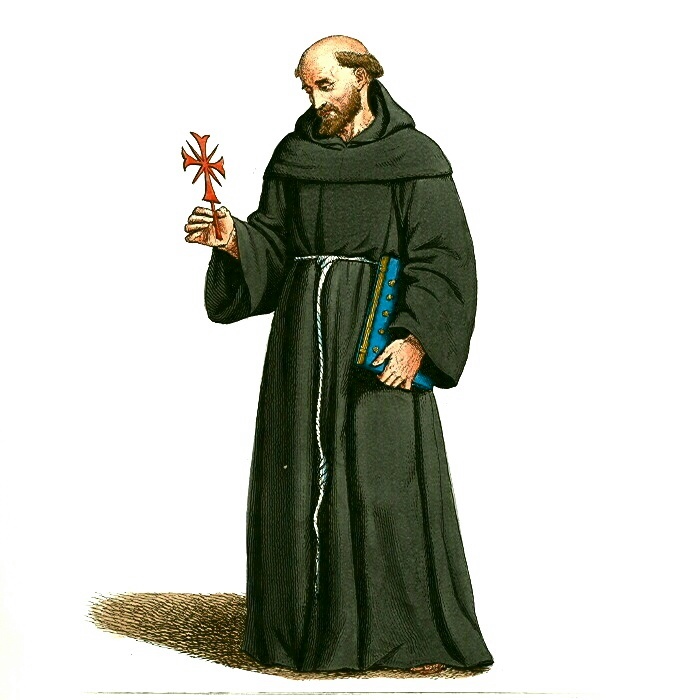
What Was a Priest’s Role During the Middle Ages?
In medieval times, elaborate hairstyles were left to rich ladies who had hair-savvy servants. Today, we have something better: professional hairstylists. While there are plenty of DIY hair looks with a Renaissance-fair vibe, others need more attention, like a rolled-hair updo. Perfect for weddings, dances, or any other occasion that deserves.

3d medieval priest
tonsure, in various religions, a ceremony of initiation in which hair is clipped from the head as part of the ritual marking one's entrance into a new stage of religious development or activity.. Tonsure has been used in both the Roman Catholic and the Eastern Orthodox churches on occasions of solemn personal dedication to God. Until it was abolished by Pope Paul VI (effective in 1973.
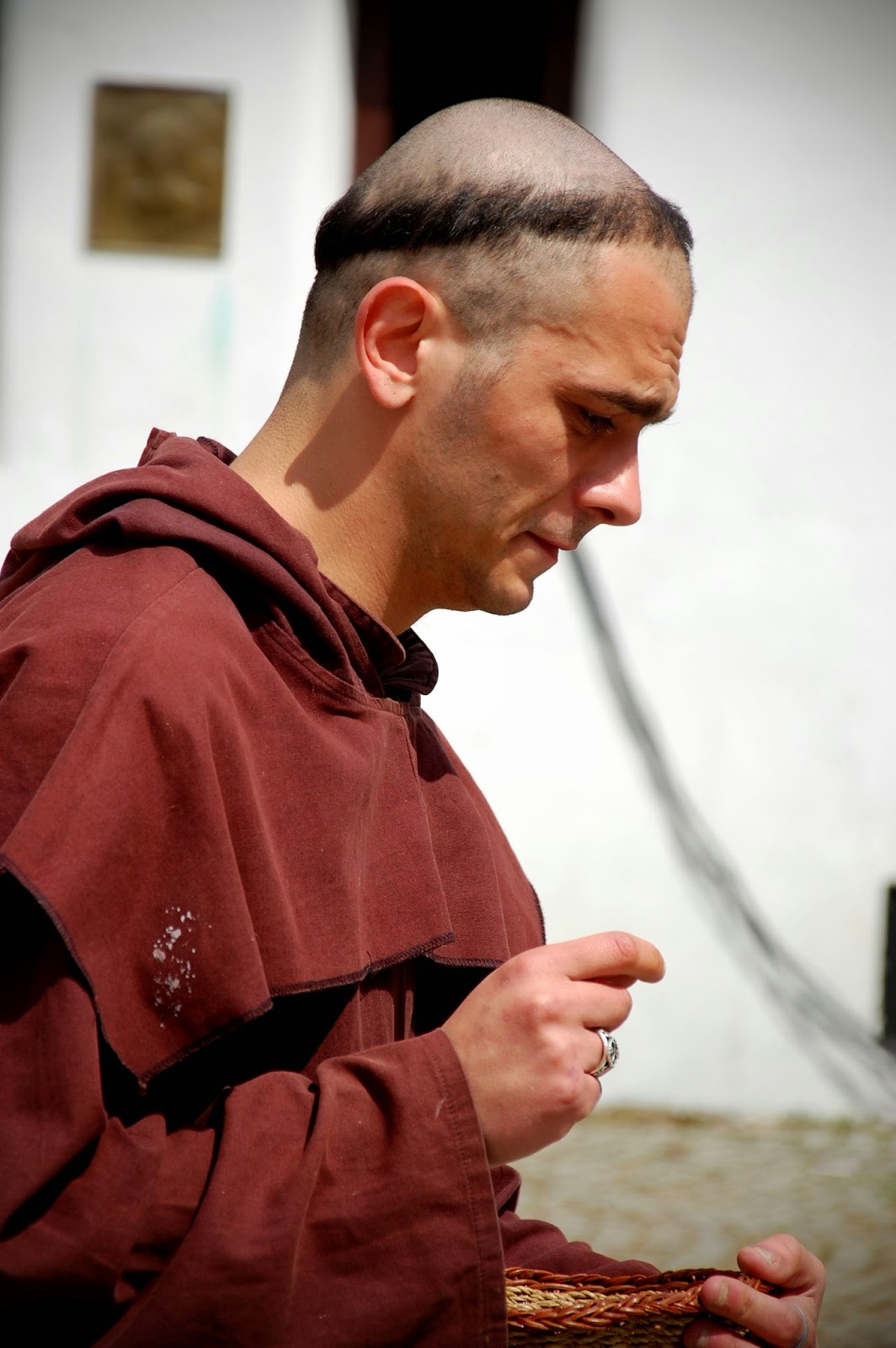
The Middle Ages
Here is a list of some common medieval women's hairstyles: Braided Up-do: A bun with curled hair rolled upwards and secured with pins. The ornament barrette was attached to it. Wraparound French: A French braid is created on one side and encircles around the head to create a bun.

MEDIEVAL MONK FRIAR TUCK STAG WIG BALD CAP FANCY DRESS COSTUME ACCESSORY 5055294880574 eBay
1. Shaved Head and Beard Though most medieval hairstyles featured long locks, some men opted for something which was low maintenance but still kept medium length beard. And for this matter, a long beard was considered manly. If you want a look like this, head to your barbershop and tell your barber to give you a clean shave.
When did Catholic monks start getting their famous haircut, and why? Quora
It wasn't until 1972 that Pope Paul VI ordered the hairstyle to relax a little (via the New York Times ), declaring that those studying to be priests no longer had to shave their heads (but could if they wanted to).

Discover more than 77 chinese monk hairstyle latest in.eteachers
August 24, 2023 by Michael Medieval men's hairstyles were distinctive and varied. They often wore long hair, either flowing or tied back with simple bands. Beards were popular, ranging from short and trimmed to long and full. Some men shaved their heads for religious reasons. Hair was often a reflection of social status and cultural norms.
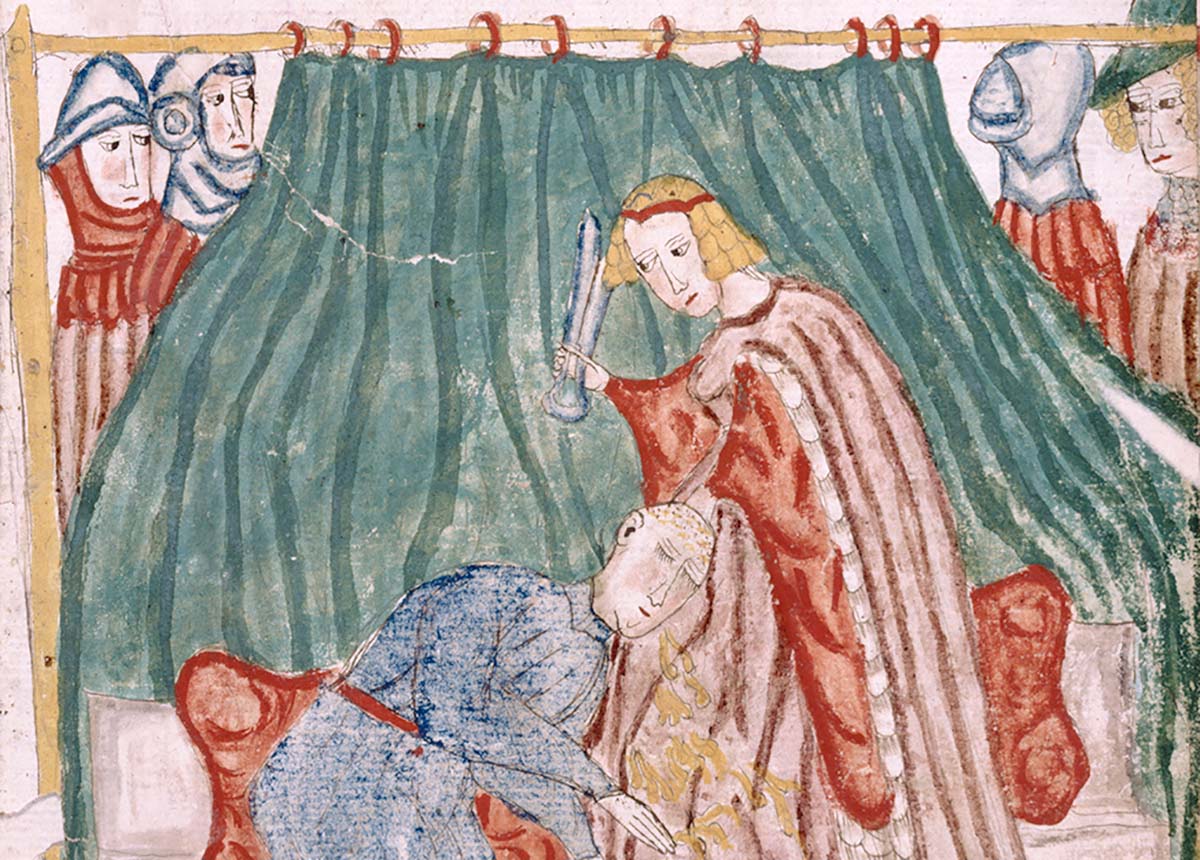
Scissors or Sword? The Symbolism of a Medieval Haircut altmarius
1 The Most Popular Hairstyles for Men and Women During the Medieval Period 2 Examples: 3 How Social Status Influenced Hairstyle Choices in Medieval Times 4 Examples: 5 Hairstyles Reserved for Royalty or Nobility in Medieval Times 6 Examples: 7 Common Hair Accessories to Enhance Medieval Hairstyles 8 Examples: 9 5.

Pin by GuiltyGhoul23 david23red on Lord Wealthy Noble Dungeons and dragons characters
The medieval era was one that adhered to formal styles. Even in dress and hairstyles, people maintained formal elegance. The medieval hairstyle was a mix of varied formal styles and fantastic head-wear. The upper-class men and women used braids, buns, metallic wires and colourful silk ribbons to design intricate and artistic hairstyles.

Early 1500s Portrait of a prob. Augustinian monk, Netherlands oil on wood, orig. part of a
The Hair Raising History Behind The Monks Strange Haircut Apr 29, 2019 Steve Palace Chances are if someone doesn't know the word "tonsure", they'll know it by sight. It's a rather extreme-looking haircut used around the world by various cultures and is accompanied by a deeply spiritual significance.
Give me that medieval monk look. r/Justfuckmyshitup
Nearly all Catholic monks in medieval Europe had a new, peculiar hairstyle known as the tonsure. As Catholicism changed through time, the tonsure started to fade from the church. Many monks gave up their haircuts centuries after Gregorio VII made the tonsure necessary.

Clique para fechar a imagem, clique e arraste para mover. Use as setas para a próxima e anterior
13th-15th Centuries belleblossoms/Instagram Between the 13th and 15th centuries, snoods or crespines became popular. Ladies would braid and twist their hair into two buns on the sides of their heads, then use the net to hold it in place. They would wear a circlet to keep their hairline hidden.

Norman Haircut Viking and Norman Equipment Pinterest Norman
Priests for a long time wore beards, but ceased to do so on their becoming fashionable amongst the laity . The beard, which was worn in full at the beginning of the 12th century, was by degrees modified both as to shape and length.. Interesting facts and information about Medieval Hairstyles and Middle Ages Clothing; Helpful information for.

6 Variations Of Monk Haircuts That You Should Try Today
The word tonsure means "clipping", as in clipping one's hair off. The bizarre haircut started around 1073 when Pope Gregorio VII was enthroned. During this time, the culture in the church was very lenient on haircuts, dress code, and even dating amongst monks, priests, and nuns. During Gregorio VII's time was also when corruption was.

Priests And Their Role In The Middle Ages About History
There was rarely a trend of short or medium hairstyle length. Long hair provided the opportunity to arrange medieval women 's hairstyles into different styles. Most important characteristics of medieval women hairstyles were flowers, silk bands, and leaves. Long plaits, braids, and up-dos were also important components of medieval women hairstyles.
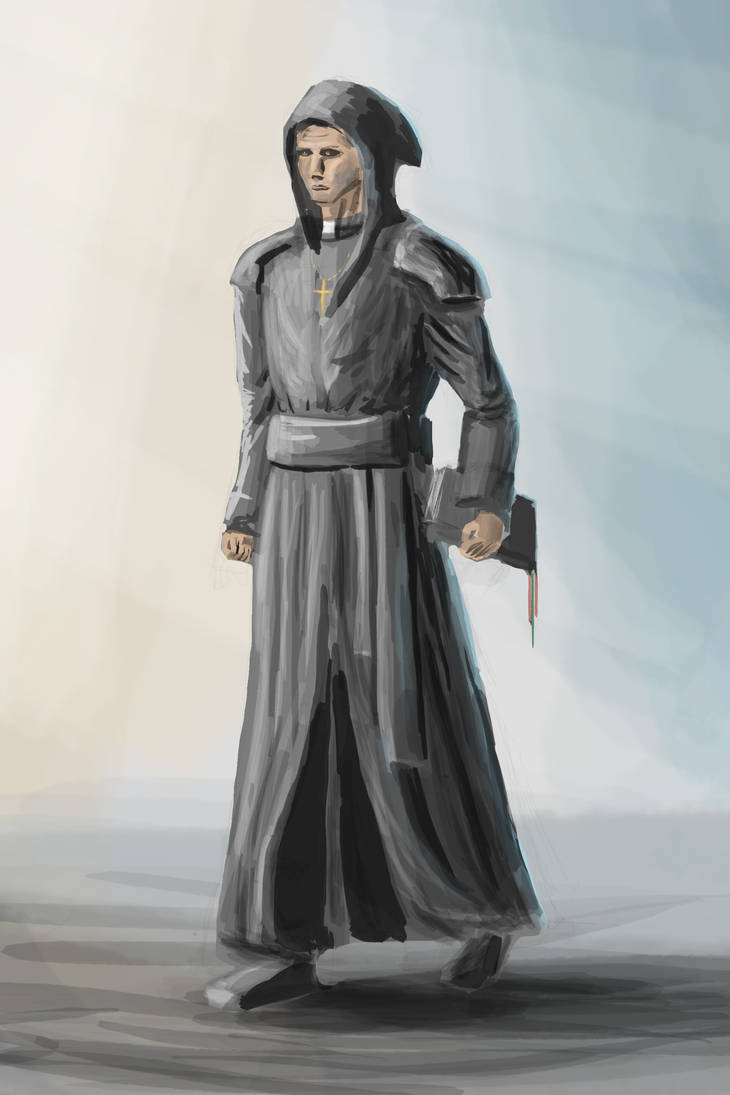
Medieval Priest SDJ by VonStreff on DeviantArt
Tonsure ( / ˈtɒnʃər /) is the practice of cutting or shaving some or all of the hair on the scalp as a sign of religious devotion or humility. The term originates from the Latin word tonsura (meaning "clipping" or "shearing" [1]) and referred to a specific practice in medieval Catholicism, abandoned by papal order in 1972.